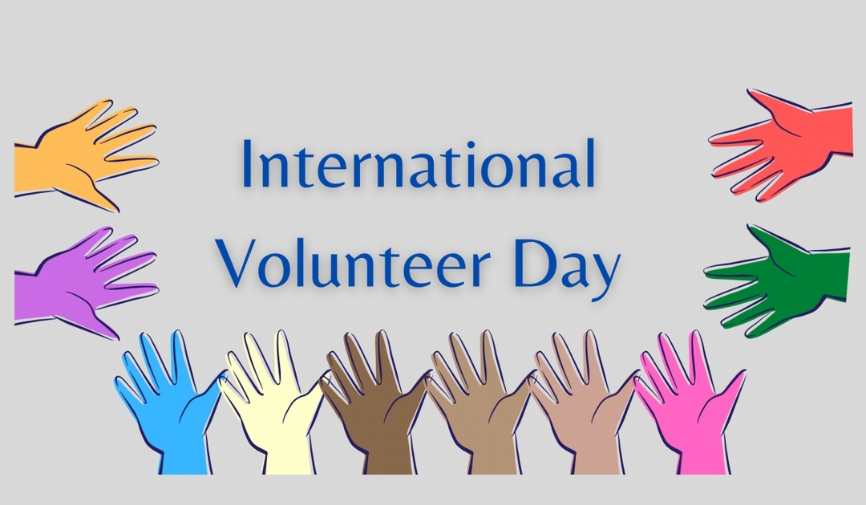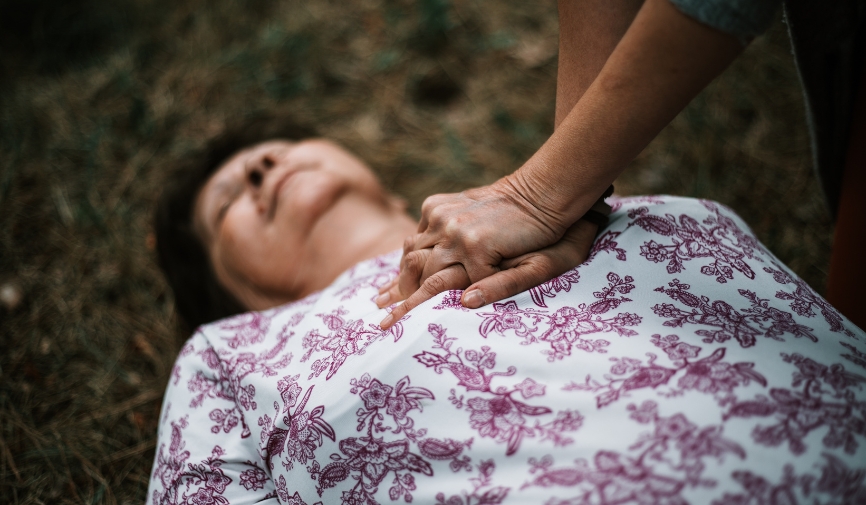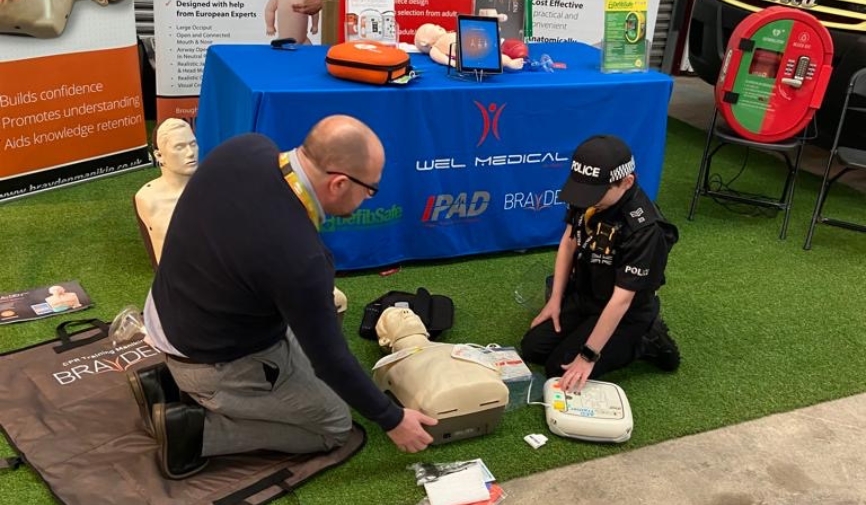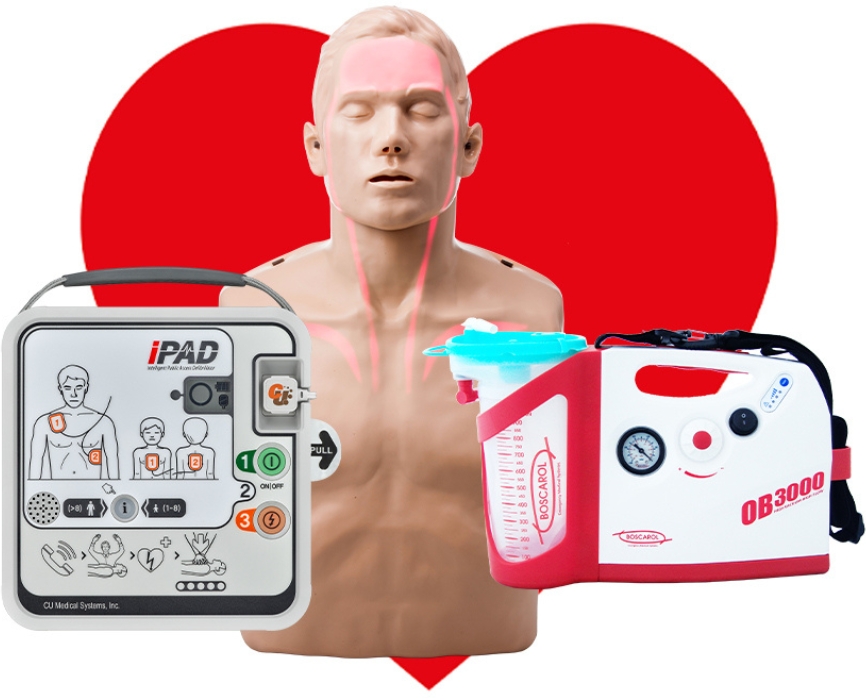Image Source: Peace and Cooperation
Volunteers play a crucial role in our communities in so many ways. Whether it’s providing support to those in need, helping out local charities, or offering much-needed services in emergency situations, volunteers are often the unsung heroes.
One way that the impact of volunteers is especially profound is in strengthening the chain of survival. Here, we explore how voluntary groups can bolster this chain and the significance of training and support for volunteers, especially as first responders.
Getting an Understanding of the Chain of Survival
The chain of survival refers to a series of critical actions that, when performed swiftly and effectively, can significantly boost the chances of survival in emergencies, particularly cardiac arrest situations.
Early Recognition:
Spotting the signs of an emergency and alerting the necessary services quickly.
Early CPR:
Providing CPR immediately can double or even triple a person’s chances of survival.
Early Defibrillation:
The use of defibrillators is crucial in restoring a normal heart rhythm.
Advanced Life Support:
Advanced medical intervention by trained healthcare professionals.
Post-Cardiac Arrest Care
Ongoing care to ensure recovery and rehabilitation.
In this context, voluntary groups play a really important role, especially in the first three links of the chain. With the right training and resources, volunteers are able to act as first responders in emergencies, bridging the gap until professional help arrives.
Training Can Really Empower Volunteers
For voluntary groups to strengthen the chain of survival, they need to be equipped with the right skills. Defib training is a key part of making this possible. Making sure that volunteers understand how to use a defibrillator and administer CPR makes them vital community assets.
How Training Can Be Implemented
Workshops and Training Sessions:
Regular training sessions can equip volunteers with the knowledge and skills needed to respond effectively in emergencies. Partnering with local health authorities or organisations that specialise in emergency care can enhance these training initiatives.
Community Engagement:
Encouraging members of the community to have a go in training sessions raises awareness and helps to build a network of trained people ready to help out in those crisis moments.
Utilising Technology:
Tech-based training is something we’ve banged the drum for in the past. It’s a great way of helping volunteers to learn at their own pace. It’s a flexibility that can encourage more people to take part, ensuring a broader base of knowledge in the community.
How Can Volunteer Carers Help?
Volunteer carers are another important component in strengthening the chain of survival. They provide support not just in emergencies but also in everyday situations where assistance is needed.
The roles of volunteer carers can really vary depending on the care environment itself. Caring for those of advanced age, compared to companionship and emotional care, contributes in differing but equally pivotal ways.
They can recognise emergencies.
Volunteer carers are usually in very close contact with the people they support, so they’re well-placed to spot when something’s not quite right. The familiarity they have with an individual’s routine gives them the chance to act swiftly in an emergency.
They are on hand to provide immediate support.
In situations where professional help might not be available in the close vicinity, volunteer carers can provide essential first aid. If they’ve had CPR and defib training, as many carers do, this is amplified.
They help to build community resilience.
Keeping strong connections in communities is absolutely vital for volunteer carers. It builds a culture of support and vigilance, which is a great foundation for a robust chain of survival.
How to Encourage Community Involvement
To really strengthen the chain of survival, communities need to engage actively in the concept of volunteering.
Awareness Campaigns:
Hosting events or information sessions about the importance of volunteers and the chain of survival can spark interest. Sharing stories of volunteers and their impact can inspire others to get involved.
Incentives for Training:
Offering incentives like free defib training sessions or recognition awards can also give a motivational boost to anyone looking to join voluntary groups.
Partnerships with Local Businesses:
Collaborating with businesses is a great way to get the resources and support you need for volunteer initiatives. Businesses might offer sponsorships for training sessions or donate equipment.
Building Strong Connections is Vital
As voluntary groups work to strengthen the chain of survival, keeping connections between volunteers, local services, and the community is vital.
Networking Events:
Organising events where volunteers can meet with emergency services and local health professionals helps to make the atmosphere feel more collaborative. This interaction can lead to a better understanding of each group’s role in the chain of survival.
Above: At WEL Medical, we regularly attend networking events.
Feedback Mechanisms:
Setting up a way for volunteers to provide feedback on their training and experiences can lead to continuous improvement. Learning from each situation can really enhance future preparedness efforts.
Community Resources:
Sharing information about resources, including CPR and defib training opportunities, equipment, and support services, can empower volunteers. This transparency ensures that everyone knows how to access help when they need it.
Ready to Strengthen the Chain of Survival?
If you’re looking for support in enhancing your organisation’s training or resources, WEL Medical can help. We provide a range of lifesaving equipment, from CPR training manikins to defibrillators. With flexible finance options available, we aim to keep our solutions as accessible as possible.
Don’t hesitate to get in touch with us to find out more about how you can make a difference in your community.









